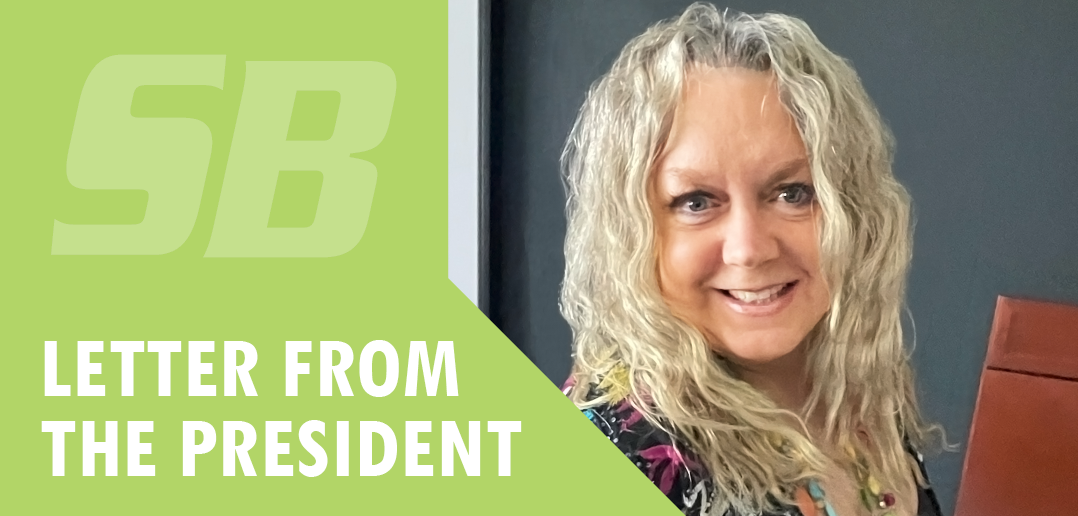I recently read through The Association of Magazine Media (MPA)’s 2021 Magazine Media Factbook (www.magazine.org/mpa-factbook), which is filled with awesome information and statistics on the vitality of the magazine sector and the unique credibility and trust that magazine media has earned among their readers. I wish I could copy and paste the whole thing right here, but since space is limited and attention spans are short (mine included!), I’ll only highlight a few parts that really stood out to me.
What I found the most amazing is how strong the numbers are that reinforce the importance of magazine media in the world of businesses and consumers today. According to the Factbook, “90% of Americans under 25 read print and digital versions of magazines—and 63% of millennials (Americans aged 25 to 40) say that, even in the digital age, they love the touch and feel of a printed magazine.” This is significant! It totally goes against the misconception that print is dying. Even younger generations that pretty much live on their phones still appreciate print media. This is because people value tangible objects—they inherently have more meaning. Ultimately though, the reason print is so impactful is the reality that people place a higher level of trust on content that has been responsibly sourced and factchecked. If you advertise or publish articles about your business with a credible source (like Strictly Business or any other local publication!), you are creating a “halo of trust” around your brand.
According to MPA, 62% of readers they surveyed agreed with the following statement: “With so much information available today, I rely on trusted, credible journalists and editors to curate what’s important for me to know.”
I would never dismiss online or social media advertising methods. It’s not that digital marketing isn’t effective—it totally is, which is why Strictly Business is also online and utilizes social media platforms—it’s that there are so many competing unreliable sources out there that are publishing content as well. It’s difficult to sift through it all and know what is true versus what is manipulated or exaggerated for “click-bait” purposes. I think we can all agree that it gets a little tiring when we scroll through our computers or phones and we’re ambushed with ads and articles that exist to monopolize our time and attention without actually giving us any value.
At Strictly Business, our main goal is to promote local businesses in an effective and meaningful way by sharing their stories and putting real names and faces to the business. Another priority of ours is to deliver trustworthy and relevant content to our readers—content they benefit from knowing because it actually affects them and the
community they are a part of.
What I’d emphasize to marketers and business owners who are making marketing decisions is that, not only does print advertising establish credibility and trust, it also has a longer-lasting impression on its audience. According to the Factbook, paper readers remember more. Neurosciense can tell us a lot about why print magazine ads work. For starters, people are typically more focused and have less distractions when they read something in print. This results in higher comprehension and recall. Print also drives sensory involvement which contributes to reader impact, and it has a greater capacity to stimulate emotions and desires.
Finally, the majority of magazine readers who notice print advertising take action in one way or another. This might simply be that they think more highly of a brand and, therefore, recommend it to others. The action could also be going to visit the advertiser’s website or social media pages to seek more information or engagement (requesting to be added to an email list, “Liking” or “Following” a social page, etc.).
If you’re mapping our your marketing strategy and are on the fence about print advertising, please reach out to me! I’d love the opportunity to tell you more about Strictly Business and how we can help you enhance your business/organization in print, online, on social media, and word-of-mouth.

